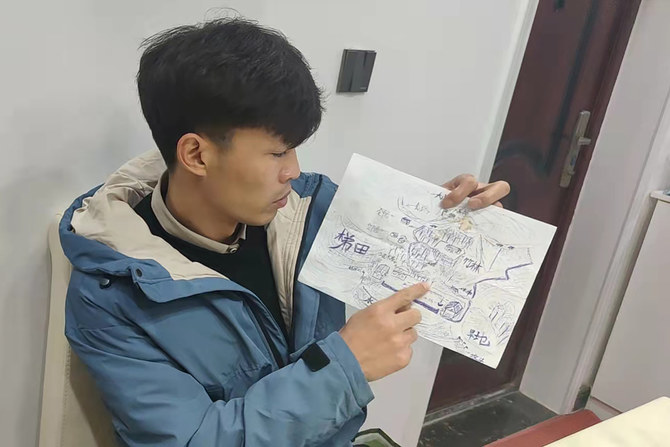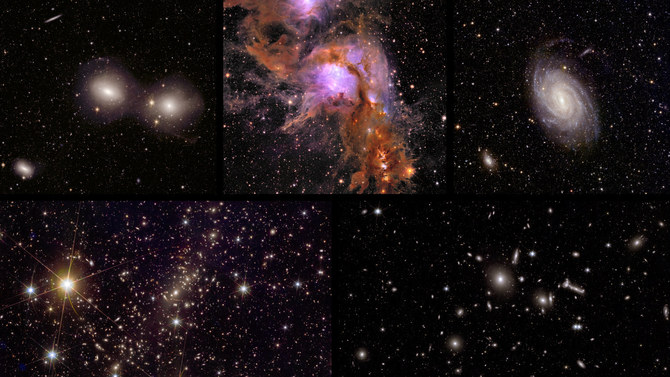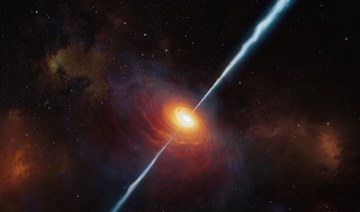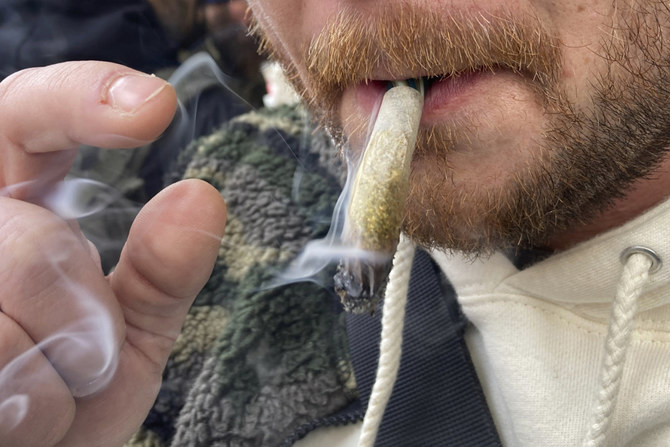BEIJING: Since he was a child, Li Jingwei did not know his real name. He did not know where he was born, or for certain how old he was — until he found his biological family last month with the help of a long-remembered map.
Li was a victim of child trafficking. In 1989 when he was 4 years old, a bald neighbor lured him away by saying they would go look at cars, which were rare in rural villages.
That was the last time he saw his home, Li said. The neighbor took him behind a hill to a road where three bicycles and four other kidnappers were waiting. He cried, but they put him on a bike and rode away.
“I wanted to go home but they didn’t allow that,” Li said in an interview with The Associated Press. “Two hours later, I knew I wouldn’t be going back home and I must have met bad people.”

A map Li Jingwei drew from memory of his childhood village is shown in Lankao in central China's Henan Province on Jan. 5, 2022. (Li Jingwei via AP)
He remembers being taken on a train. Eventually he was sold to a family in another province, Henan.
“Because I was too young, only 4, and I hadn’t gone to school yet, I couldn’t remember anything, including the names” of his parents and hometown, he said.
Etched in his memory, however, was the landscape of his village in the southwestern city of Zhaotong, Yunnan province. He remembered the mountains, bamboo forest, a pond next his home — all the places he used to play.
After his abduction, Li said he drew maps of his village every day until he was 13 so he wouldn’t forget. Before he reached school age, he would draw them on the ground, and after entering school he drew them in notebooks. It became an obsession, he said.
More than 30 years after his abduction, a meticulous drawing of his village landscape helped police locate it and track down his biological mother and siblings.
He was inspired to look for his biological family after two reunions made headlines last year. In July, a Chinese father, Guo Gangtang, was united with his son after searching for 24 years, and in December, Sun Haiyang was reunited with his kidnapped son after 14 years.
Reports of child abductions occur regularly in China, though how often they happen is unclear. The problem is aggravated by restrictions that until 2015 allowed most urban couples only one child.
Li decided to speak with his adoptive parents for clues and consulted DNA databases, but nothing turned up. Then he found volunteers who suggested he post a video of himself on Douyin, a social media platform, along with the map he drew from memory.

Li Jingwei, with back to camera, is reunited with his mother in Lankao in central China's Henan Province, on Jan. 1, 2022. (The Paper via AP)
It took him only 10 minutes to redraw what he had drawn hundreds, perhaps thousands of times as a child, he said.
That post received tens of thousands of views. By then, Li said police had already narrowed down locations based on his DNA sample, and his hand-drawn map helped villagers identify a family.
Li finally connected with his mother over the telephone. She asked about a scar on his chin which she said was caused by a fall from a ladder.
“When she mentioned the scar, I knew it was her,” Li said.
Other details and recollections fell into place, and a DNA test confirmed his heritage. In an emotional reunion on New Year’s Day, he saw his mother for the first time since he was 4.
As Li walked toward her, he collapsed on the ground in emotion. Lifted up by his younger brother and sister, he finally hugged his mother.
Li choked up when speaking about his father, who has passed away. Now the father of two teenage children, Li said he will take his family to visit his father’s grave with all his aunts and uncles during Lunar New Year celebrations next month.
“It’s going to be a real big reunion,” he said. “I want to tell him that his son is back.”






























